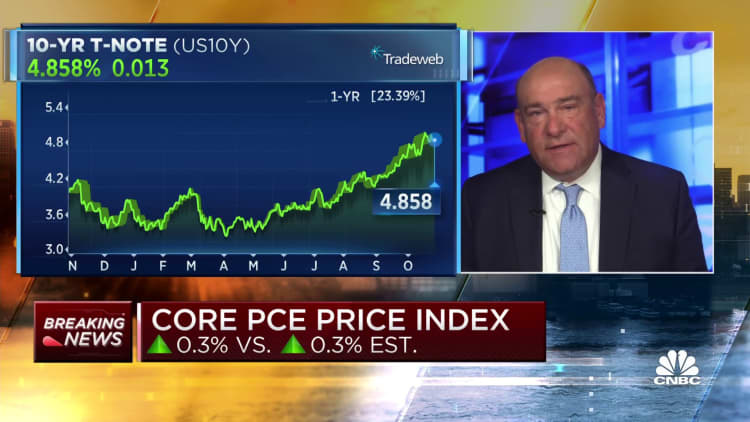If you inherited an individual retirement account, the IRS waived penalties for some missed mandatory withdrawals this year. But there could be reasons to start taking them anyway, experts say.
Prior to the Secure Act of 2019, heirs could "stretch" IRA withdrawals over their lifetime, which minimized year-to-year tax liability. However, certain heirs now have a shortened timeline due to changed "required minimum distribution," or RMD, rules.
Now there's a 10-year withdrawal rule for certain heirs, which means they must empty the inherited account by the 10th year after the original account owner's death.
But if beneficiaries put off withdrawals or take only that minimum early on, they could wind up with a "giant RMD" at year 10, warned IRA expert and certified public accountant Ed Slott. "And they'll get buried in taxes."
"Even though some beneficiaries are not subject to RMDs this year, maybe they should take them anyway," he added.
By starting RMDs sooner, heirs can smooth out taxes over a number of years and possibly reduce the overall bill with proper planning, Slott said.
Leverage 'pretty attractive' tax rates now
Another reason to take RMDs sooner may be to leverage the current federal income tax rates, which could be changing in a couple of years.
"The reality is we're in a pretty attractive and low income tax rate environment," said certified financial planner Ben Smith, founder of Cove Financial Planning in Milwaukee, who also urges heirs to start taking RMDs. "I think it's important for folks to remember that the tax brackets can and do change."

Former President Donald Trump's tax overhaul temporarily reduced the individual federal income tax brackets. Before 2018, the individual rates were 10%, 15%, 25%, 28%, 33%, 35% and 39.6%.
Currently, five of these brackets are lower, at 10%, 12%, 22%, 24%, 32%, 35% and 37%. Without changes from Congress, those lower brackets are slated to sunset after 2025.
To that end, "ripping the band-aid off later may be less beneficial for folks that are in a higher bracket," Smith said.
Plus, higher inflation over the past couple of years has expanded the income thresholds for each rate, meaning it takes more income to reach each tier, Slott explained. "Everybody says inflation is bad and things cost more," he said. "But it's great when it comes to taxes."
Don't miss these CNBC PRO stories:
- Want to retire in 5 years? Here's how to invest for it, according to the pros
- Morgan Stanley says the average stock is breaking down, S&P 500 to fall to 3,900 by year-end
- This highly profitable industry is booming as the population ages
- This chip stock is getting a ton of love from Wall Street, and it's not Nvidia





